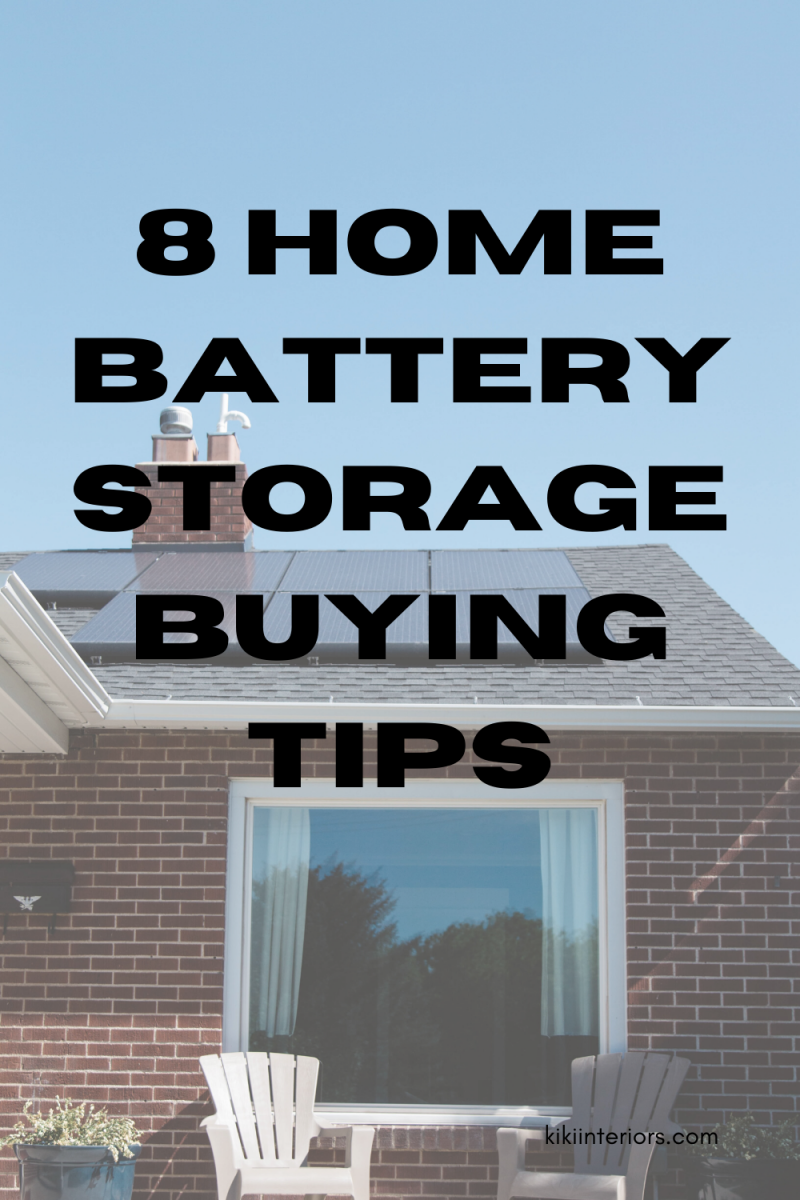
Sick of dealing with power outages or have appliances and devices that can’t be placed at risk of turning off without a moment’s notice? Buying a home battery storage system is the best solution. Homeowners often find themselves overwhelmed by the sheer number of options out there. Read on to find eight home battery storage buying tips that can help make the decision easier.
1. Determine Power Needs First
It’s important to take the household’s power needs into account when sizing a home battery backup system. To do this, homeowners must estimate the power consumption of all their essential devices and appliances in kilowatt-hours (kWh). Homeowners working on a budget should keep in mind that many power-hungry devices such as air conditioners are not strictly necessary and can be turned off in the event of a power outage.
2. Consider Installing Solar Panels
Homeowners whose houses are tied to the grid can install a battery backup system without solar panels, but it will only provide power for a short period of time. Installing solar panels to power the battery bank will allow residents to access power even if the grid goes out for days at a time. Solar systems with battery banks can still be hooked into the grid. If they produce surplus power, homeowners can sell it to power companies to make back some of their investments.

3. Look Into Tax Credits
Homeowners who choose to install both battery banks and solar arrays may be eligible for a tax credit through the solar Investment Tax Credit (ITC) program. Only batteries that are charged using solar panels exclusively are eligible for the tax credit, so those who choose to use grid-tied systems may not be able to get it.
4. Choose the Right Battery Configuration
There are two types of battery configurations that are common in residential homes. They are known as critical load backup systems and self-consumption systems. While critical load systems only run vital devices during grid failures, self-consumption systems are designed to operate during peak utility hours even if the grid is working as intended. They can help to reduce high energy bills but require a larger upfront investment.
5. Learn the Difference Between AC and DC Coupled Battery Systems
Homeowners who want to install solar arrays to charge their battery banks need to learn the difference between AC coupled and DC coupled battery systems. To put it in its simplest terms, the main difference is that DC-coupled systems are more efficient since they don’t require as many power conversions. However, they also require a larger upfront investment.
6. Hire a Professional Installation Technician
Whether homeowners plan to tie their battery banks into the grid or use solar panels to power them, they should always hire professional installation technicians. Working with electricity can be dangerous.

7. Buy the Right Inverter
Inverters are designed to convert the DC power produced by batteries into AC power. Make sure to buy an inverter large enough to power all essential devices and appliances.
8. Keep Batteries Safe
Batteries should be stored indoors but away from living areas. Ensure that they are kept dry and at above freezing temperatures to avoid problems with premature failure.
The Bottom Line…
Installing a battery bank is the best thing homeowners can do to increase their energy independence. Whether they choose to install full solar systems or just store power from the grid for emergency applications, it’s worth the investment.



